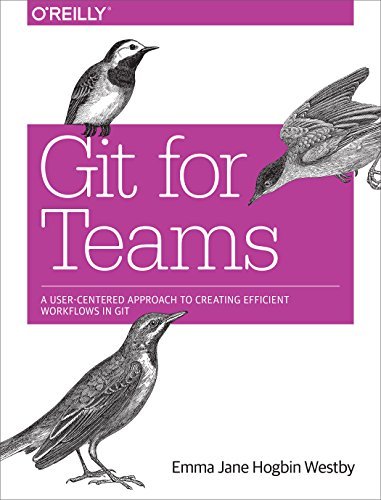What do you think?
Rate this book


569 pages, Kindle Edition
First published August 24, 2015
I was a bit surprised how long it took to come to Git commands. The introduction works without any commands, but I find it not that helpful to talk about a command and not showing it. I’m also a bit puzzled about the structure. You have everything in the book to explain Git for beginners and go up to teamwork. But with the structure it has, the book will be hard to understand for a Git novice. And those who are interested in the teamwork part are bored with commands that should be part of an introduction. The same problem I found in the chapters about the platforms to host your Git repositories. It’s nice to show options, but explaining GitHub, BitBucket and GitLab seems to be too much for a book on how teams can work with Git.